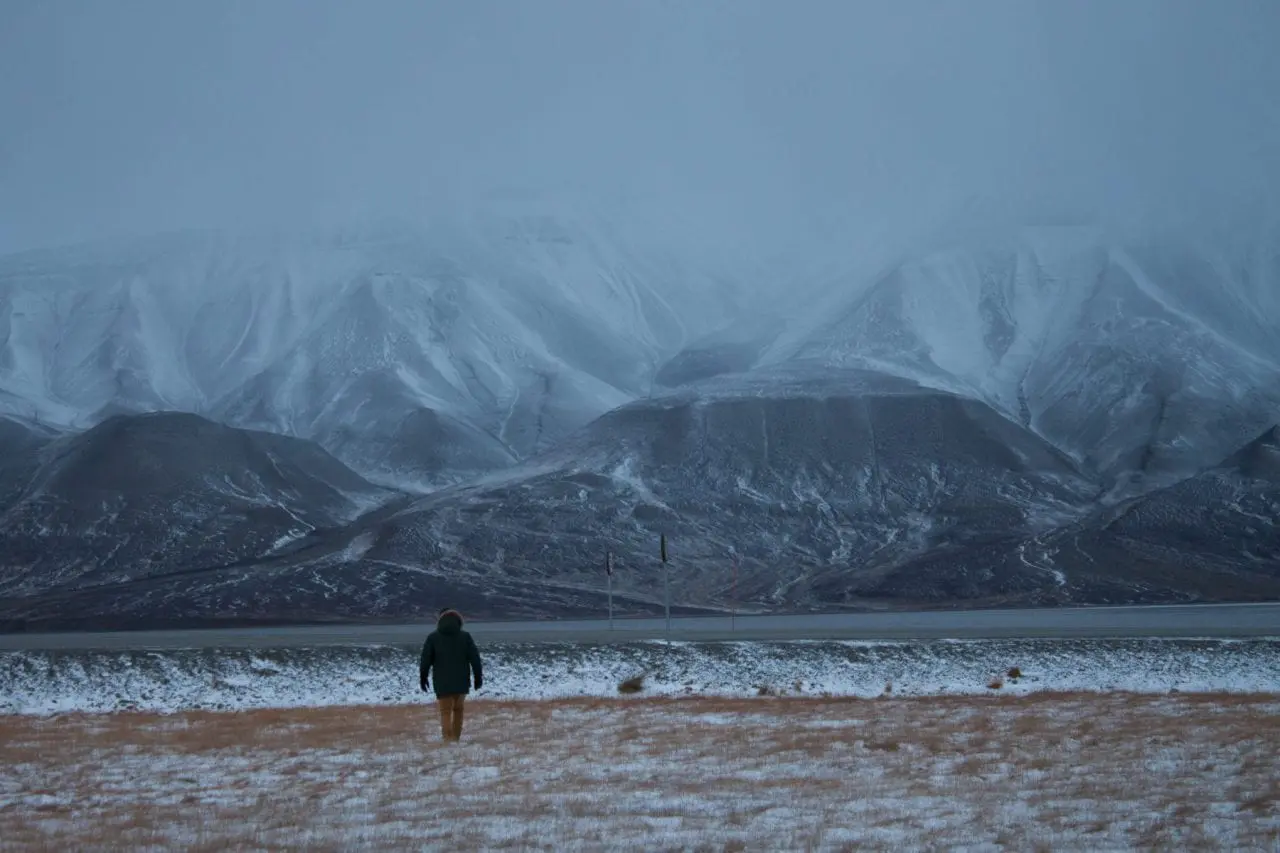How To Survive In Snow and Extreme Cold

Surviving in snow and extremely cold temperatures is arguably one of the most difficult outdoor scenarios you’re likely to face. To ensure you make it out alive, your number one priority must be keeping yourself warm and your body temperature up. By following these steps, you will significantly increase your chances of survival, should you find yourself in sub-zero temperatures
1. Make A Plan
It’s going to be overwhelming at first, knowing you’re in an extremely cold, hostile environment with little or no supplies. Help may or may not be on the way. You need to keep a level head and develop your basic survival plan immediately if you have any hopes of living. The main items you need to be thinking about are;
- Stay warm at all costs to avoid becoming hypothermic
- Build a fire
- Build a shelter
- Melt snow for drinking water
- Find food
- Make a weapon for self-defense & hunting
- Try to figure out where you are in relation to a town or civilization.
2. Stay Warm
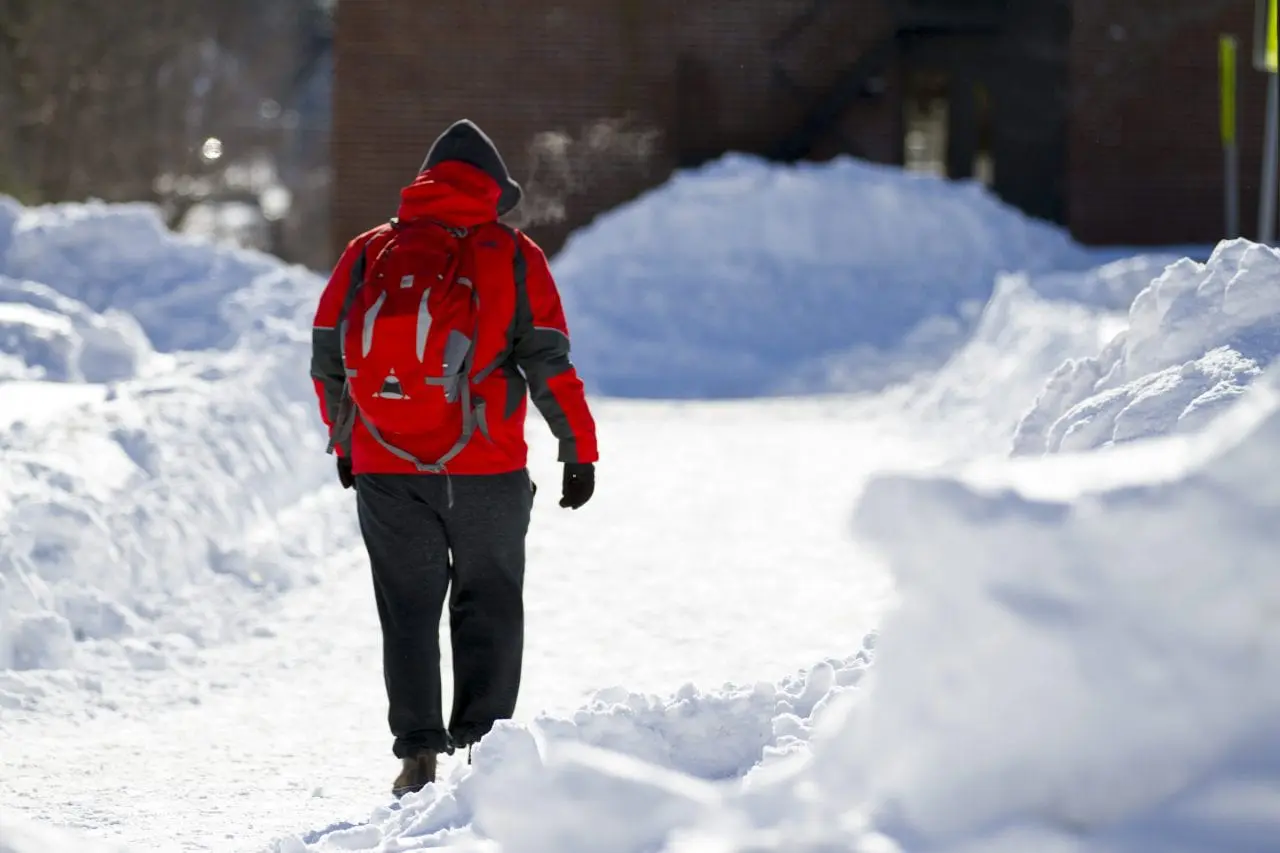
Hypothermia is your main enemy when in cold, wintry conditions. You must stay warm at all costs, or the rest of your plan is irrelevant. If you have access to any additional layers of clothing, wear them as long as you can still move comfortably. Staying dry is a must. If any part of your clothing gets wet, take it off immediately and try to get it drying. Obviously blankets, sleeping bags, rags, anything you can put on or stuff in your clothing to keep insulated will help trap body heat and keep you warm.
3. Build a Fire
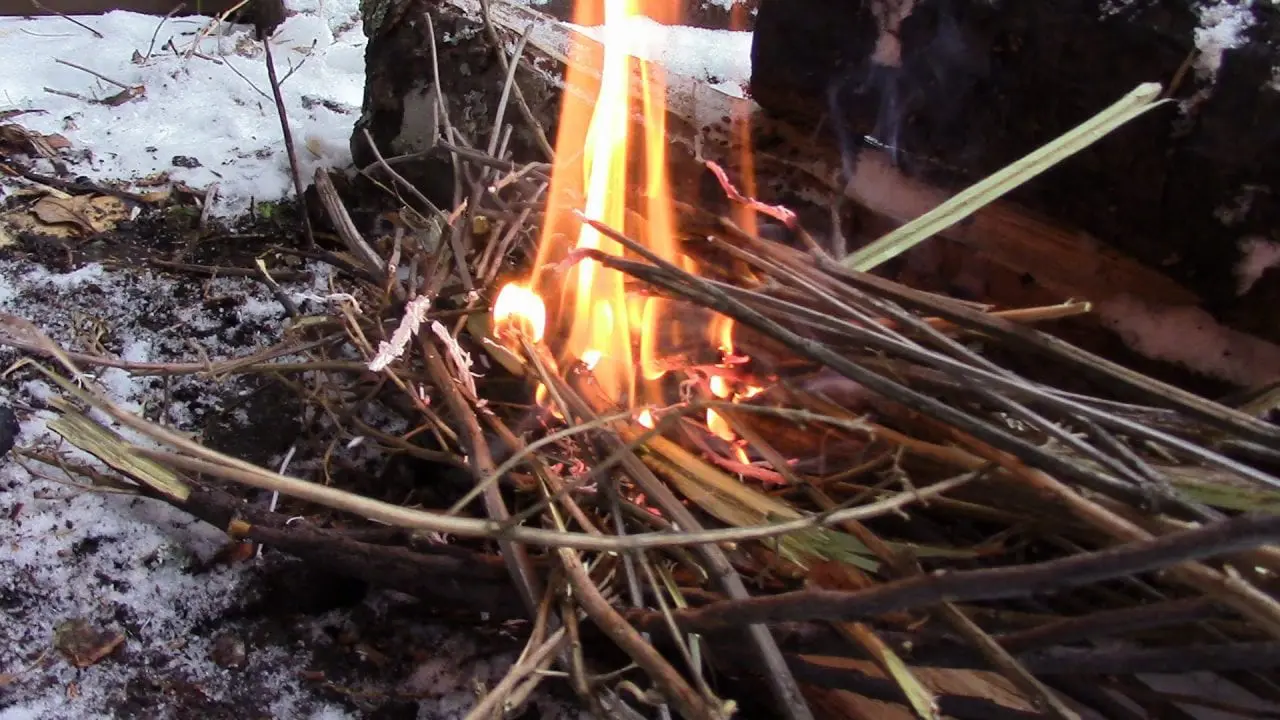
Trying to start a fire and keep it going in the snow can be challenging. Primarily because most of the material you would normally burn will be too wet to ignite. Find the driest area possible to build your fire. Look around for small twigs & branches that may have been sheltered from the snow and wetness. Place the smaller tinder, paper or anything you have that might easily ignite on the dry ground and form a teepee over it with your other dry twigs.
If you have a lighter or matches, use that to ignite the tinder. If you have eyeglasses or anything with a lens, you can use it to focus the sunlight to a point and start a fire. When you see the initial smoke, gently blow on it to help get the flames started. Other methods to get your fire started include using a flint, the fire plow method, a bow drill, battery & steel wool. Keep your fire going as much as you can. It will provide warmth as well as smoke, which can help rescue teams find your location. Your fire will be especially important after dark when the temperatures fall. Sleep as close as you can to the fire, while still being safe.
4. Finding/Building a Shelter
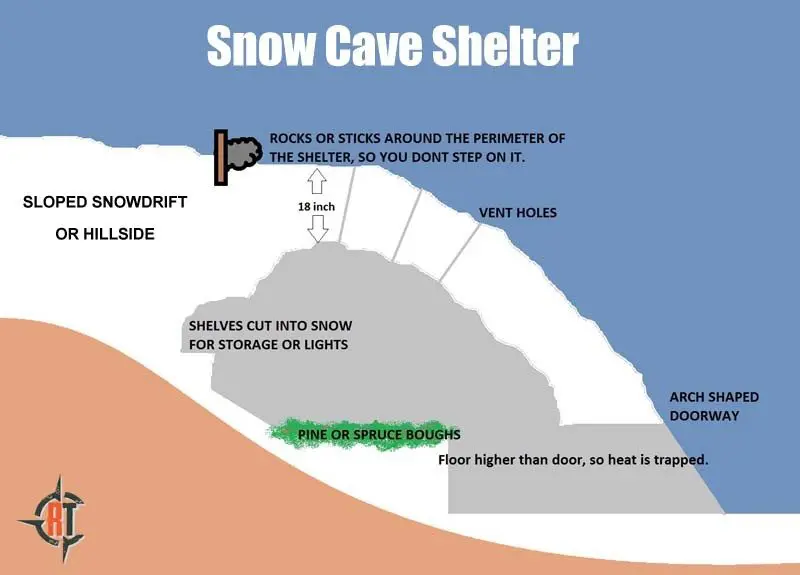 If you can find a cave that isn’t occupied by animals such as mountain lion and bears, then you’re way ahead of the game. Since this is unlikely, you’ll need to construct a shelter to help keep you dry and warm as possible. If the snow is deep enough, building a snow cave is a good option. Dig into the side of a sloped, snowy bank. Dig back far enough so you can get your entire body inside the cave. If you can dig upward, you can create a shelf that will give you a sleeping area above your door area and help keep heat in the cave. Make the cave as wide and as high as the snow allows. Dig a ventilation hole from above down into your cave. This will give you some fresh air and help CO2 escape.
If you can find a cave that isn’t occupied by animals such as mountain lion and bears, then you’re way ahead of the game. Since this is unlikely, you’ll need to construct a shelter to help keep you dry and warm as possible. If the snow is deep enough, building a snow cave is a good option. Dig into the side of a sloped, snowy bank. Dig back far enough so you can get your entire body inside the cave. If you can dig upward, you can create a shelf that will give you a sleeping area above your door area and help keep heat in the cave. Make the cave as wide and as high as the snow allows. Dig a ventilation hole from above down into your cave. This will give you some fresh air and help CO2 escape.
If there isn’t enough snow to create a cave, going with a lean to shelter will be your best option. Find a large branch or tree limb. A longer limb is best, but it has to be one you can lift by yourself. Lean it against a tree at an angle. If you can rest the high end on another branch in the tree, this will give you additional support. Find smaller branches and place them at 45 degree angles on your main branch/beam. Layer the frame you just built with foliage, greens, and leaves. Anything you can find that will help keep water out and heat in. Place more of the foliage on the ground inside your shelter to keep you insulated and off of the cold ground.
5. Water & Hydration
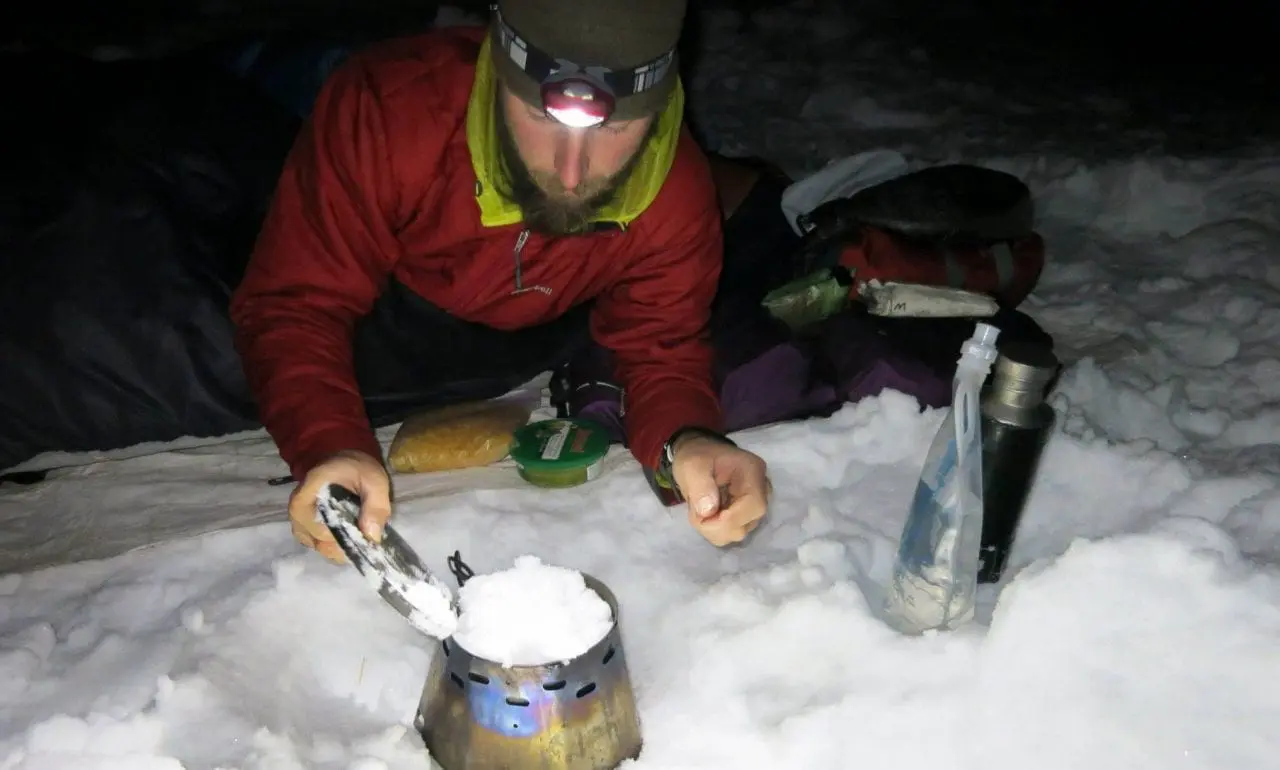
Heat and shelter are a must, but if you don’t find water, you’re going to die. This is pretty much a given. With all of the snow on the ground, it can be tempting to eat the snow to stay hydrated. NEVER EAT SNOW! It will lower your core body temperature quickly and you’ll become hypothermic. However, you can melt snow to create fresh drinking water relatively easily. Place snow in a metal can, if available, and heat near your fire. Let the water cool and you have fresh water to drink.
If you don’t have a fire resistant container to melt water, you can place a pile of snow on a piece of cloth or material and let it sit in the sun. The snow will melt and be absorbed by the cloth, which you can ring out directly into your mouth or other container. Something as simple as a plastic water bottle can also be used to collect and purify water. A river or stream nearby would obviously be an ideal water source. Never drink water that isn’t clear or you can’t confirm the purity unless it’s absolutely necessary. You can always distill water you’re uncertain about using your fire and evaporation methods.
6. Food
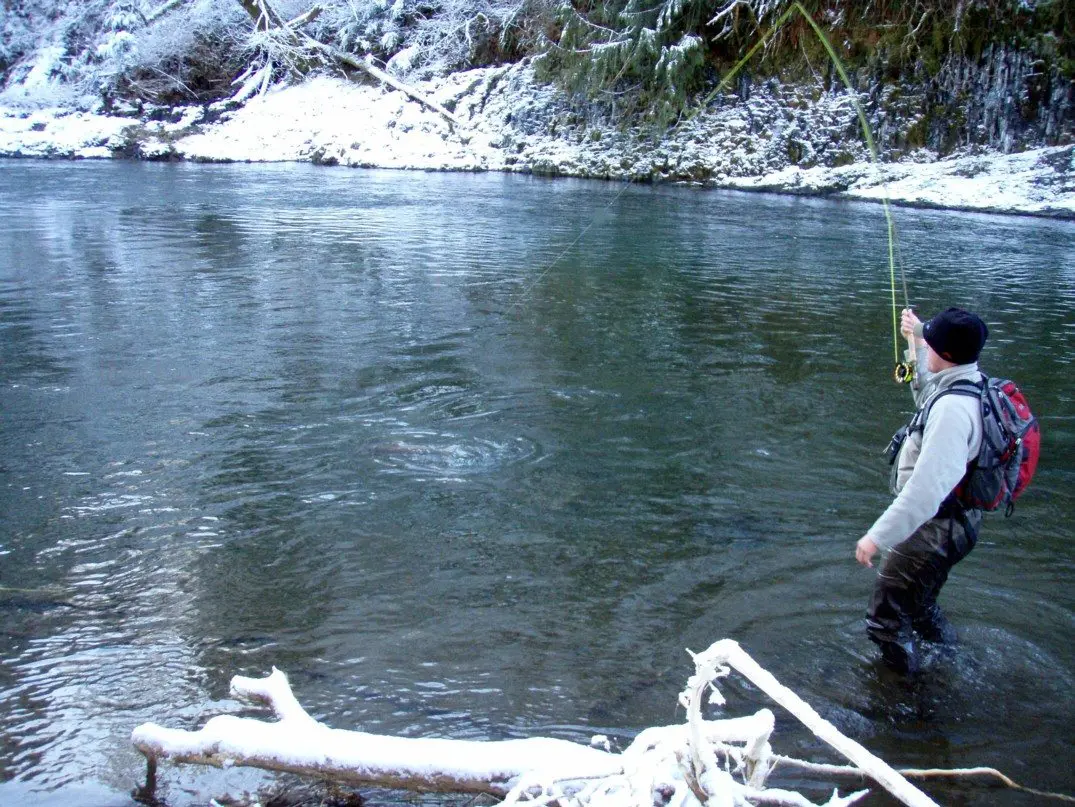
Unless you’re a seasoned hunter or are educated on the types of edible plants in your location, finding food might prove to be difficult. If you find yourself near a body of water, fishing may be your best option, but you can also find mussels, crabs, and other possible edible materials such as sea weed. If you have a good hunting knife or other sharp object, you can use them to spear fish or to create a spear from a stick. Fashioning a primitive fishing hook/line from materials you have is also an option. Trapping food should also be considered, but you will need to have a way to contain the animal or know how to create a deadfall trap. This is a more advanced hunting technique, which we will discuss in a future article.
7. Finding Your Way Out
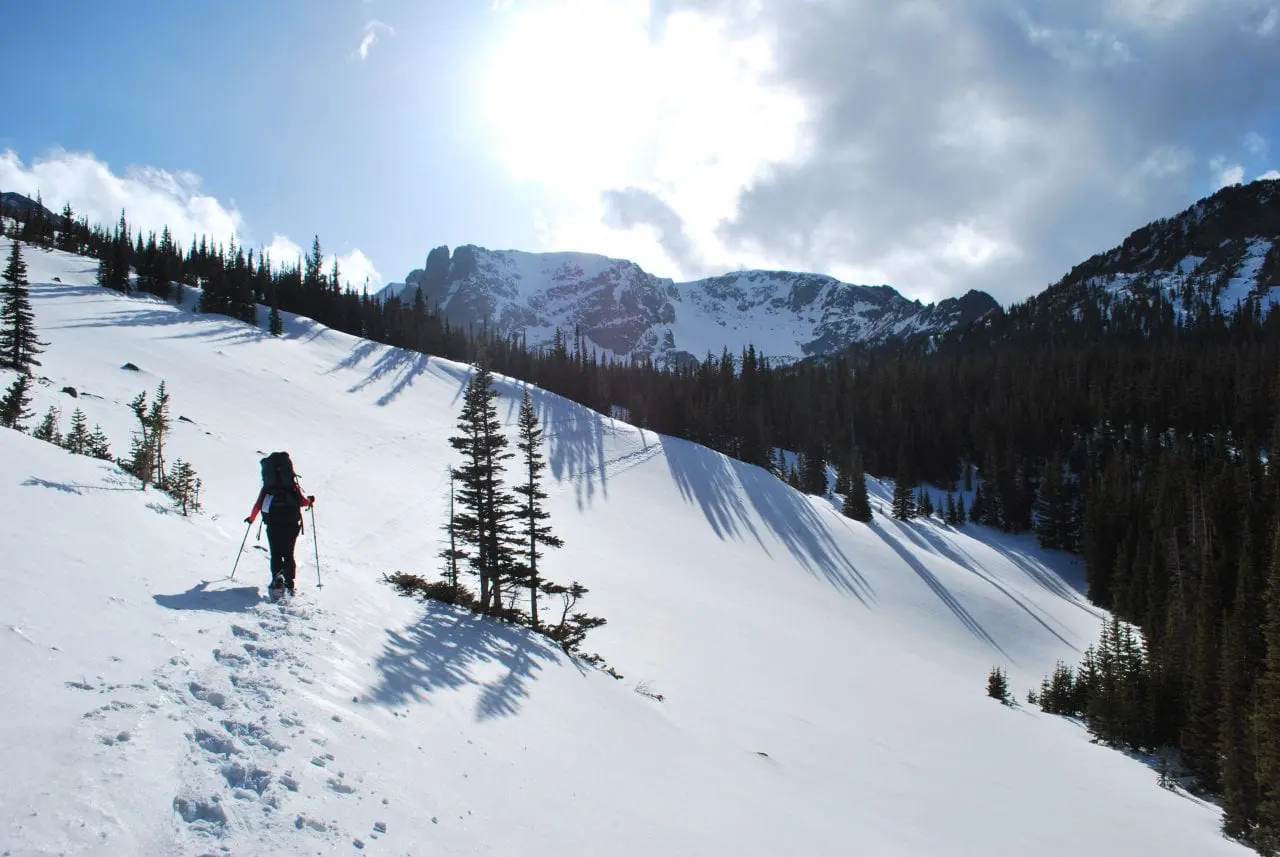
While staying in one location and waiting to be rescued is nearly always the best option for survival, at some point you may have to have to consider hiking your way out. This can be difficult in deep snow, so making a set of snow shoes is a must. Take two flexible branches and bend them into a pear shape, tying the ends with whatever cord, rope or material you have available. Use smaller branches as cross braces and tie those to your pear shaped frame. Then interweave more branches into the shoe. This will form the base of the shoe which will keep you from sinking into the snow. Use another flexible branch as a strap and secure your own foot/shoe into the snow shoe as securely as you can. It will now be much easier to walk through snowy conditions.
You’ll want to do your walking during the day time. Rest at night. Find a stream or river and follow it down until you reach signs of civilization. Keep an eye on the sky for planes or helicopters who might be trying to find you. Use any metallic or reflective material you have on you to signal them. Eyeglasses, binocular lenses, an aluminum can will all reflect light and can be seen for miles.
In the end, staying calm, devising a plan and putting that plan into action is going to give you the best chances of surviving in snow & extreme cold conditions. Stay warm. Stay dry. Stay hydrated. Keep a positive attitude and you will make it back home.
Featured Image Source: www.ski-zermatt.com



